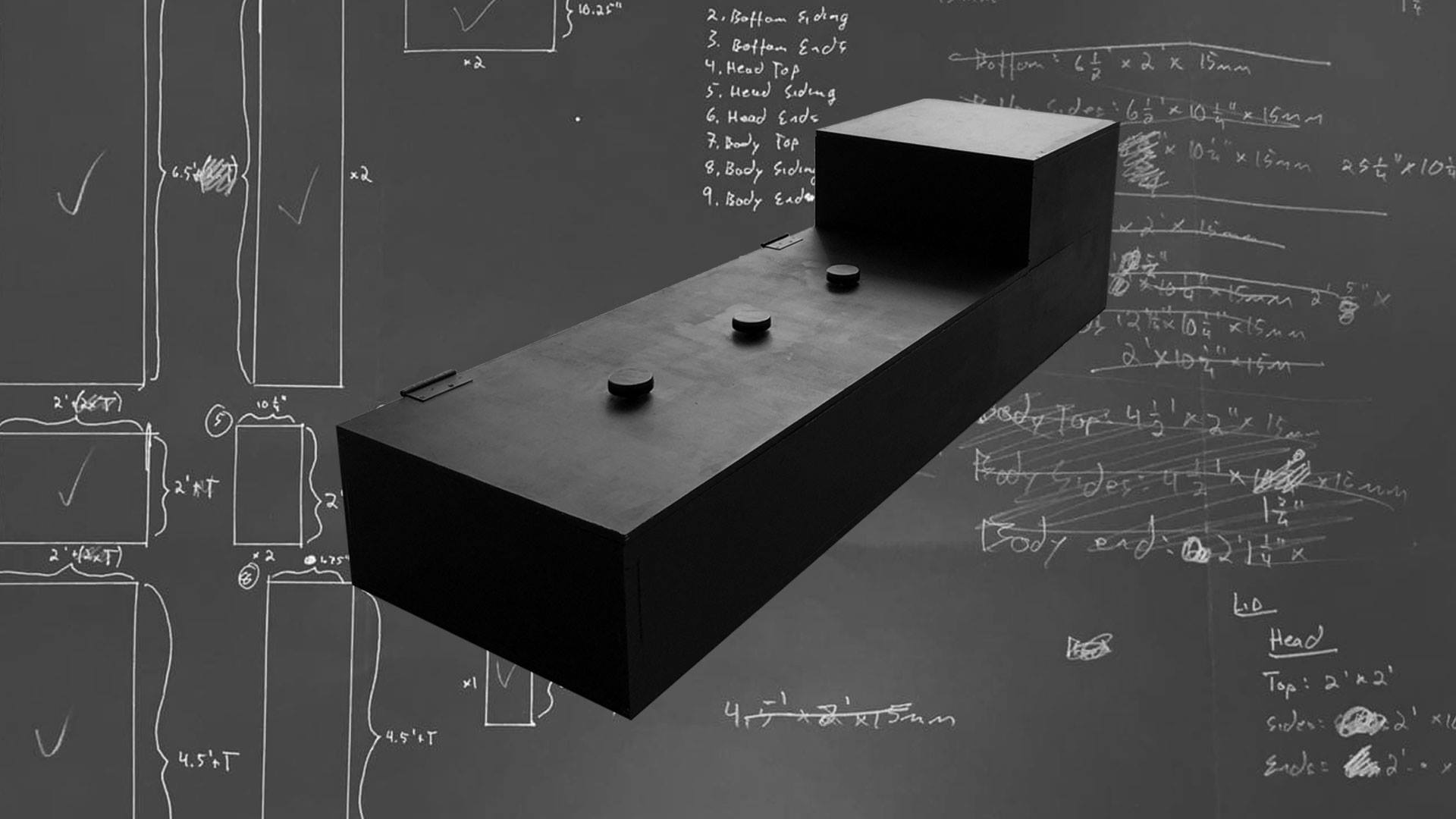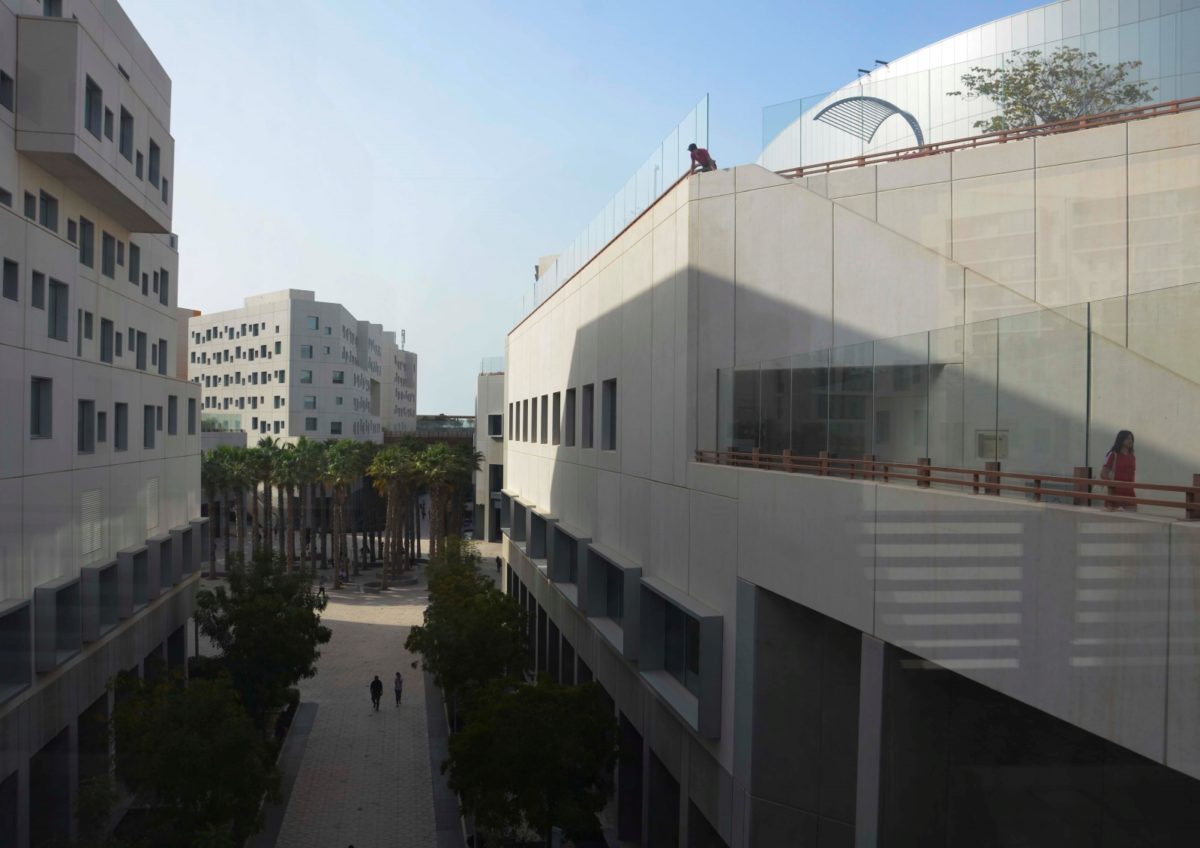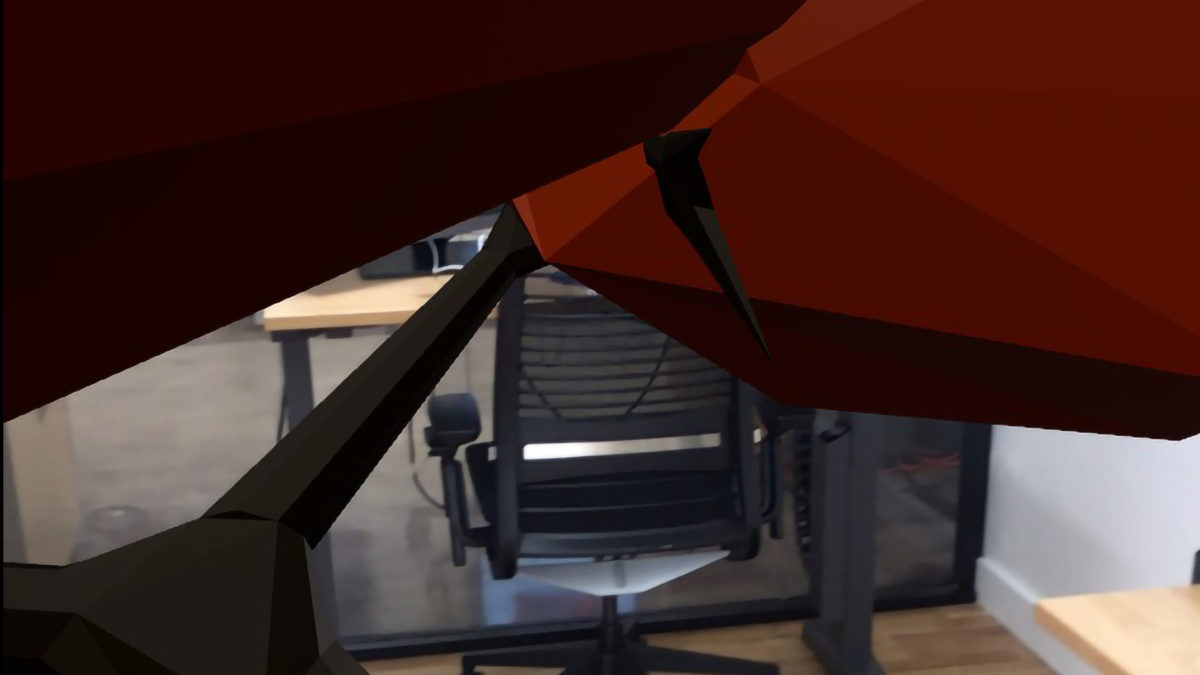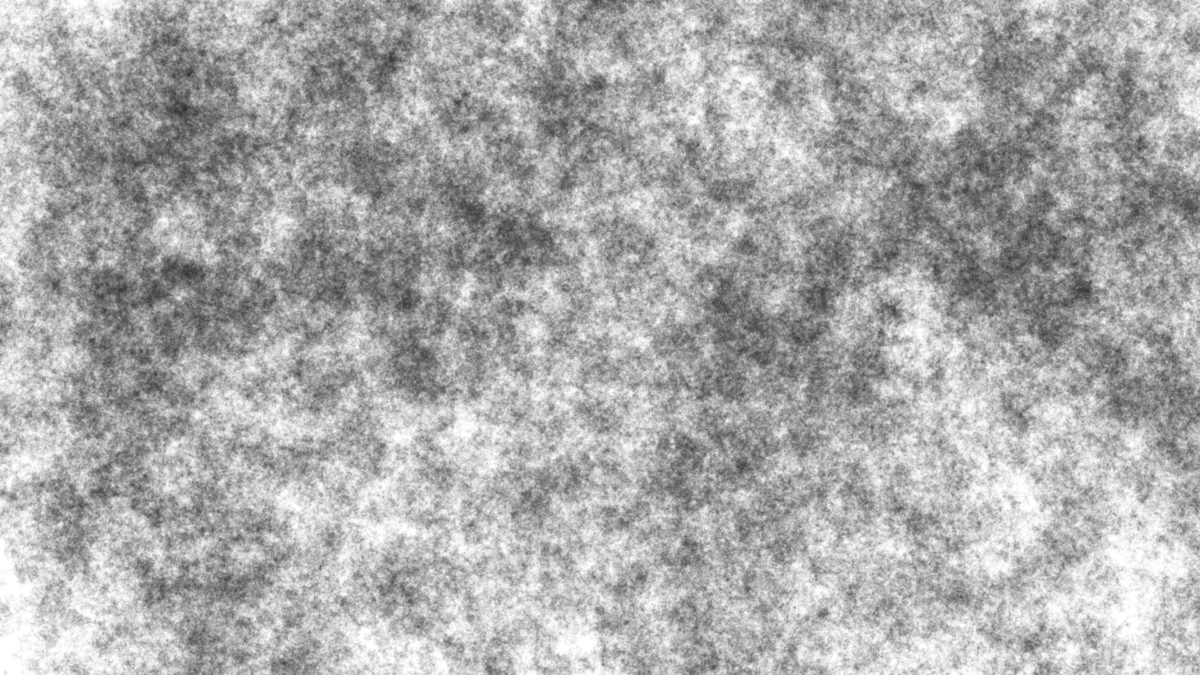October – December 2018
Collaborators | Alia Albastaki and Ying Wang
The Pod externalizes and amplifies the human body. It proposes the possibility of a ‘body extension’ through its mental and metaphysical extension. Audiovisual and tactile stimuli increase awareness of the body-as-flesh and present those within the pod with their physical self. Amplifying our suppressed or unobserved sensory experiences encourages introspection. How do we respond when we encounter our amplified physicality?
Experience
People participate freely–opening, entering, and closing the pod over them. The structure restricts the limb movements and obscures the body of the person inside. Seeing only their face reflected in a mirror, this person relies on touch to guess the position of their body.
Dim lighting projected sequentially around 360 degrees distorts the person’s reflected face, disrupting their normal perception of themselves. Reflecting irregular perspectives of the person’s face pushes them to reflect on their sense of self.
Organic sounds of the inner organs–including the lungs, heart, and those of the abdominopelvic cavity–vibrate the structure. From the outside, viewers witness a machine come to life. From the inside, the whole-body vibration solidifies the link between the person’s body and the Pod.
Physical restrictions and audiovisuals help reduce the boundary between the Pod and the person it contains. The resulting immersion offers a chance to disconnect and introspect.
Contribution
Over the course of this whole-team effort, I contributed by:
- leading the design and fabrication of the structure at each prototyping stage
- assisting with user testing
- installing the audiovisual components
Process
















